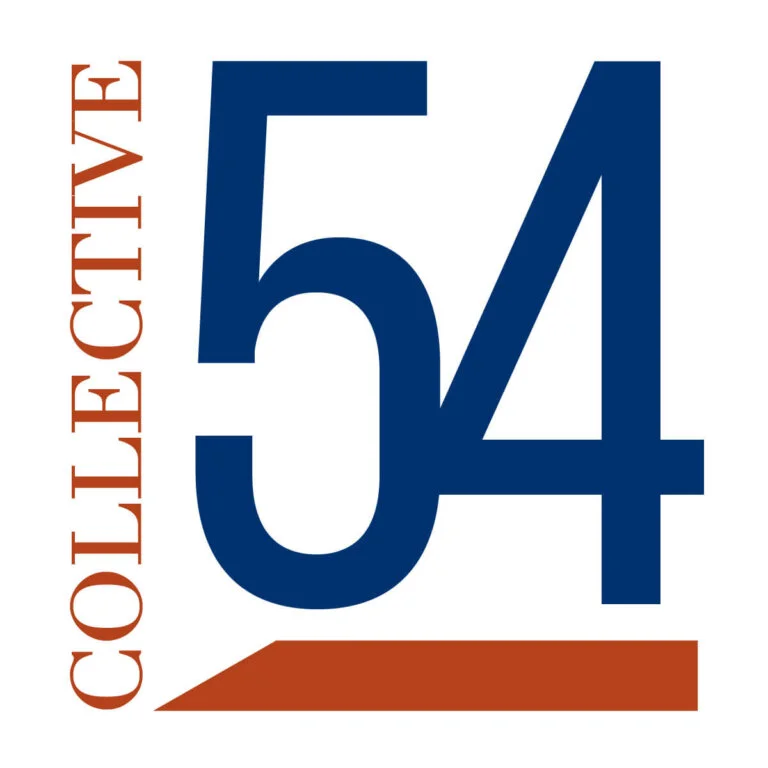Episode 139 – How to Use the Post Project Review to Scale Your Firm – Member Case by Nicole Merrill
Listening to clients intentionally is a core competency for service firms attempting to scale. There are 5 listening techniques appropriate for a boutique service firm. They are: 1- client advisory board, 2- post project reviews, 3- client satisfaction program, 4- win loss program, and 5- conferences. In this session, we take a deep dive on #2 post project reviews. Learn what they are, why they are required, the benefits they produce, and how and when to perform them.





